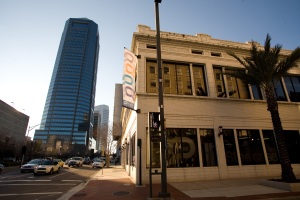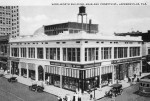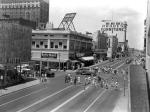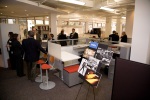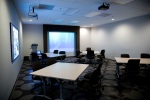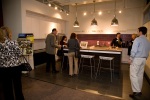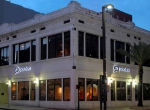The landscape of downtown Jacksonville is changing. With many projects ongoing or upcoming to change the face of downtown, the resurgence is near. Perdue Office Interiors, a fixture in Jacksonville since 1916, was determined to help revitalize the business community downtown and relocated in 2009 to the corner of Main and Forsyth Street.
Originally located off of Bay Street, Perdue opened its doors in 1916 and remained downtown before relocating to the Southside over 20 years ago. That same year, Woolworth’s opened up their “five and dime” store several blocks away at Forsyth and Main. For years, that intersection was the central core of a thriving downtown community. Over the years, the Woolworth building was home to many businesses, including a Betty Maid retail store in the 1950’s, and remained at the center of one of downtown’s most pedestrian friendly areas. After American Heritage Life left in the 1990’s, the building remained vacant for 10 years.
Perdue has a reputation for looking forward, and that view was long term. Downtown was ultimately the place to be, especially with the highly concentrated office space and no office furniture dealers downtown. Clients or customers that might never make it downtown would now have a reason to make the trip. That year, Perdue decided on the Woolworth building and began renovations. With such a historic building, a modern interior seemed an interesting juxtaposition. The space would serve as a “working showroom”, allowing customers to see the furniture being sold in use. An open, loft style feel was created and conceptualized, and Perdue moved in to the space in late October, 2009. A new, modern logo, eye-catching signage, and shortening of the name “Perdue Office Interiors” to “Perdue, Inc.” followed suit.
Today, back in the area where the company first began, Perdue is a downtown fixture and is helping to revive a once thriving corner of Jacksonville. In addition to client meetings, holiday parties, and architecture and design events, Perdue is an Art Walk venue. A local artist is given a showroom wall, which is changed every month, with Art Walk being an opportunity to showcase local talent.
-Melissa Carvalho
Photos: Ken McCray
